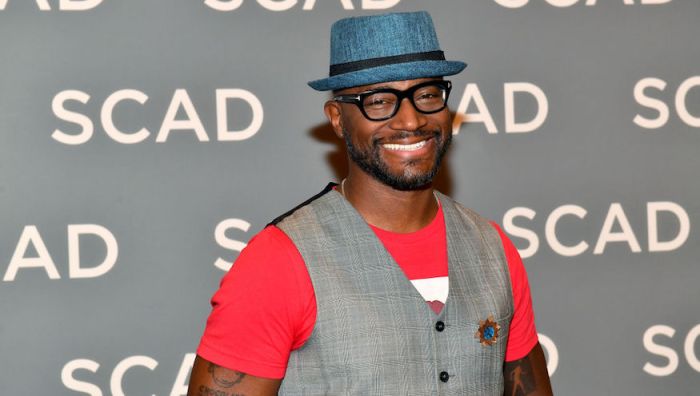From TED Talks to podcasts to Moth SLAMS, our culture is currently obsessed with storytelling. But sharing one’s personal narrative isn’t just a way to entertain a group of strangers and friends, it’s also a vital skill. Whether you’re an entrepreneur pitching your business idea in front of would-be investors, a freelancer going to a networking party or a college senior writing a cover letter for your first job, being able to tell an engaging, personal story will help you stand out from the pack. RELATED: The one skill you need to master in order to get what you want As co-founder of the Moth’s education program, Micaela Blei knows how to get the best stories out of even the most reticent individuals. The former teacher and two-time GrandSLAM champion currently coaches New York City adolescents — not exactly the most vocal bunch of humans — to open up about their lives in front of strangers, teachers, parents and, perhaps most terrifyingly, their peers. And, to great success, too. “We’ve seen our students take their Moth stories and do exciting things with them,” she says. “A few have taken the transcript of their story and edited it into a college essay. And one student took audio of her story and made it into a film that she later submitted to the Tribeca Film Festival — and won.” RELATED: Three creativity hacks for when you’re feeling uninspired We asked Blei for her tips on how to tell a great story, for the next time you have to give a presentation, impress at a job interview or write an essay.
Talk it out
When giving a presentation it’s important to sound natural. You want to draw people in, communicate with them, and the best way to do that isn’t by writing a speech and memorizing it. “Sharing a story as yourself isn’t performing a monologue,” says Blei. Instead, try to tell your story into a tape recorder — or in front of a friend — and refine it from there. “Make a bullet point list of what’s going to happen so you can stay on track, but don’t write out the whole thing.” (Blei recommends saying your story when writing personal essays too, to help give them that intimate feel.) Be vulnerable
Listeners respond to those with whom they can empathize, so don’t try to masque your insecurities or faults. Be honest in your story of course, but also if you’re feeling nervous, or if you trip up, admit as much, or make a joke about it. “It’s okay to be scared: it’s a scary thing you’re doing,” says Blei. “And if you tell the audience what you’re feeling, they will be on your side and root for you.” End with a bang
You definitely want to start strong, of course, but you should leave your audience pumped up, inspired and on a strong note. “You don’t have to tie your story up with a perfect little bow,” says Blei. “But, you don’t want to peter out. Follow your bullet points so you don’t lose sight of your conclusion.”
Three tips for nailing any kind of presentation from The Moth

Jason Falchook for The Moth















